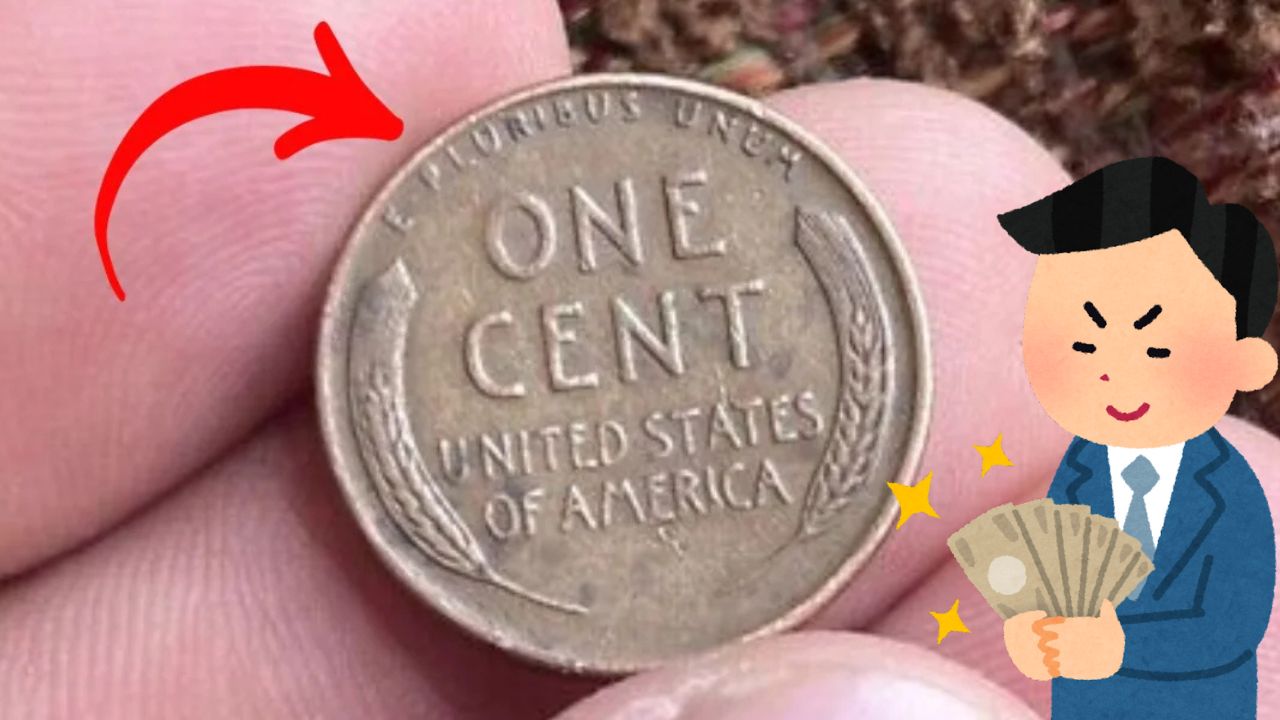The Lincoln Wheat Penny holds a special place in American coin collecting history. First minted in 1909, it broke with tradition by featuring a real historical figure—President Abraham Lincoln—on a circulating U.S. coin. Before this, U.S. coins commonly displayed symbolic figures like Lady Liberty or national emblems such as eagles.
Designed by sculptor Victor David Brenner, the coin’s obverse proudly shows Lincoln’s dignified profile. On the reverse, two wheat stalks symbolize the nation’s rich agricultural roots. This iconic design remained virtually unchanged until 1958 and laid the foundation for one of the most recognizable coins in the world.
What Makes the 1914-D Penny So Rare?
Among all Lincoln Wheat Pennies, the 1914-D stands out as a true gem for collectors. The reason? Its exceptionally low mintage.
In 1914, the Denver Mint—indicated by the small “D” under the date—produced only about 1.2 million pennies. Compared to the tens of millions minted in Philadelphia and San Francisco, this number is surprisingly low. As a result, the 1914-D quickly became one of the most sought-after pennies among collectors.
Why This Coin Can Fetch Up to $49,000
Rarity alone doesn’t guarantee a sky-high price. The condition of the 1914-D penny plays a huge role in determining its value. Coins in mint or near-mint condition—showing sharp details and original luster—can fetch tens of thousands of dollars at auction.
Top-grade, uncirculated 1914-D pennies have been known to sell for as much as $49,000. Even worn but authentic examples can still command thousands of dollars, making it a highly prized collectible.
How to Identify a Genuine 1914-D Lincoln Penny
If you come across a penny dated 1914, here are some key points to check:
- Look for the “D” mint mark: This small letter is located just below the date on the coin’s front (obverse) and signifies it was minted in Denver.
- Check the reverse wheat stalks: While they may be worn, the outline of the two wheat ears should still be visible on the back.
- Beware of counterfeits: Due to its value, fake 1914-D pennies are common. Altered dates or added mint marks are typical signs of forgery.
If you’re uncertain about your penny’s authenticity, always get it examined by a professional numismatist or a certified grading service like PCGS or NGC.
Protecting Your Valuable Penny
If you’re lucky enough to find or own a 1914-D penny, avoid cleaning it. Cleaning can severely damage the coin’s surface and reduce its value.
Instead, follow these simple care tips:
- Handle with care: Always hold the coin by its edges to prevent fingerprints and oils from damaging it.
- Store properly: Use protective coin holders, flips, or capsules to shield the penny from air and moisture.
- Maintain a stable environment: Keep your coin in a cool, dry place, away from temperature fluctuations.
The Ongoing Treasure Hunt
Even though the 1914-D penny is over a century old, examples still occasionally surface—from inherited collections, old piggy banks, or bank coin rolls. While it’s extremely rare to find one in everyday circulation, the thrill of possibly discovering such a coin keeps collectors motivated and hopeful.
Frequently Asked Questions (FAQs)
How can I tell if my 1914 penny was minted in Denver?
Check just below the date on the coin’s front. A small “D” mint mark means it was minted in Denver. No letter means Philadelphia, and an “S” indicates San Francisco.
Can a worn 1914-D penny still hold value?
Yes. Even lower-grade but authentic 1914-D pennies can be worth hundreds to several thousand dollars, depending on condition and eye appeal.
How do I authenticate my coin?
Submit it to a trusted grading service like PCGS (Professional Coin Grading Service) or NGC (Numismatic Guaranty Company) for expert verification and grading.
What’s the best way to store valuable coins?
Use acid-free holders, airtight coin capsules, or hard plastic slabs designed for coin preservation. Keep coins in a cool, dry, and dark place to maintain their condition.
Are fake 1914-D pennies common?
Unfortunately, yes. Many forgeries involve altering 1944-D pennies or adding fake “D” mint marks to Philadelphia 1914 pennies. Experts can often spot these with magnification and experience.
Final Thoughts
The 1914-D Lincoln Wheat Penny is more than just an old coin—it’s a tangible piece of American history, a symbol of rarity, and a prized treasure for collectors worldwide. Whether you’re a seasoned numismatist or a curious beginner, spotting one of these pennies could lead to an exciting and potentially valuable discovery.
